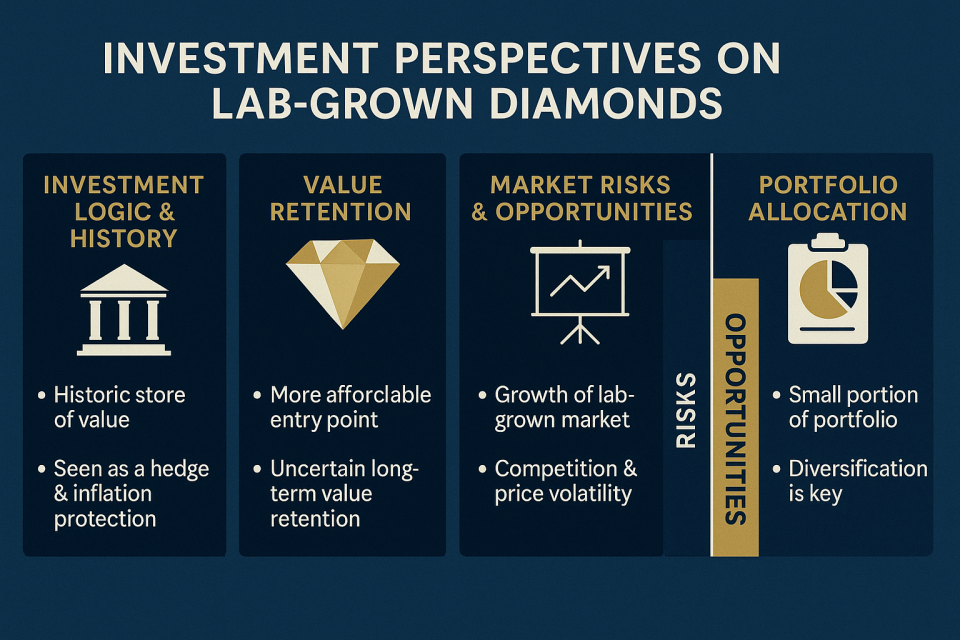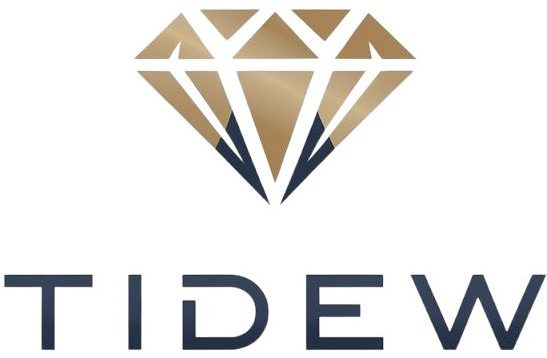Diamonds have traditionally symbolized wealth, stability, and prestige, with investors often regarding them as a reliable store of value similar to gold, art, and fine wine. However, the emergence of lab-grown diamonds (LGDs) has challenged this established narrative. Offering affordability, ethical sourcing, and technological innovation, LGDs are attracting growing attention from both consumers and investors. This article dives into the investment logic behind diamonds, examines the value retention of lab-grown diamonds, highlights associated risks and opportunities, and provides practical allocation recommendations.
The Logic and History of Diamond Investment
For decades, natural diamonds have served as alternative investments for wealthy individuals and institutions: hedge against inflation, portable wealth, and a luxury asset class with emotional value. The price stability of natural diamonds historically depended on tightly managed supply by companies like De Beers, which restricted output to maintain scarcity and premium valuations.
Value Retention of Lab-Grown Diamonds
Lab-grown diamonds are chemically and optically identical to mined diamonds but have a dramatically different economic model. Their cost-effective production, lower average retail price (30–60% less than mined diamonds), and appeal to younger, sustainability-focused consumers are reshaping demand. However, resale markets are underdeveloped, and long-term value retention remains uncertain, positioning LGDs more as growth equity opportunities than wealth-preservation tools.
Market Risks and Opportunities

Risks: Rapid production cost reductions, immature resale markets, and shifting brand perceptions may impact profitability and liquidity. Opportunities: ESG-driven consumer demand, diversification beyond jewelry (electronics, quantum computing, optics, healthcare), and strong adoption in global markets present growth potential for investors and businesses operating in this sector.
Portfolio Allocation Suggestions

For investors considering exposure to the diamond industry, diversification is key: focus on equity stakes in LGD producers, technology developers, and ESG-driven jewelry brands. Limit direct investment in loose lab-grown stones until secondary markets mature. Consider balanced portfolios that include natural diamond businesses, LGDs, precious metals, and luxury goods ETFs to mitigate risk and capture long-term growth potential.
Conclusion and Outlook
Lab-grown diamonds represent both innovation and disruption. While they are not yet proven wealth-preservation tools like gold or mined diamonds, their affordability, sustainability credentials, and industrial applications create unique investment opportunities. Investors focusing on companies driving technological and ethical innovation may see significant long-term upside as consumer preferences shift and lab-grown markets mature.

